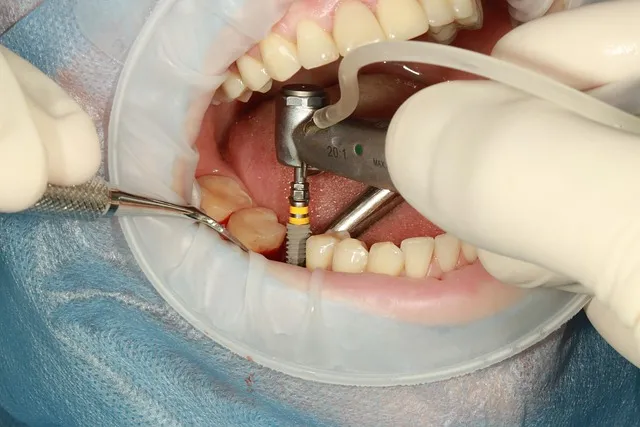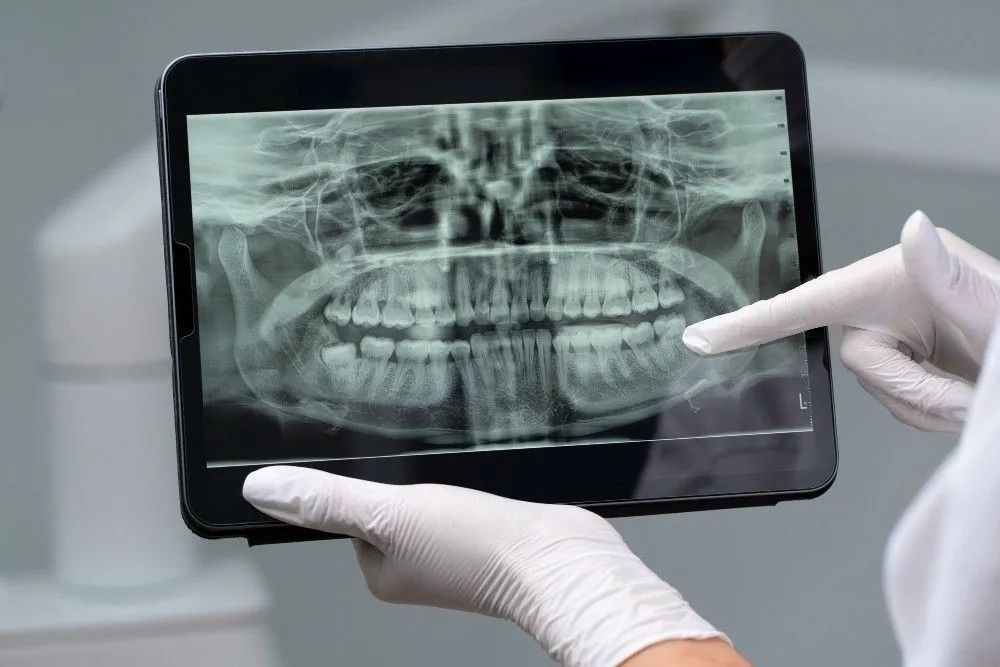Everyone wants a beautiful smile. For a long time, orthodontics has relied on rudimentary metal braces. However, the time is ripe for the massive dominance of Invisalign. If you also want to have a seamless integration of teeth with visible metal braces, the solution is Invisalign.
Invisalign is one of the most effective orthodontic appliances used extensively in modern dental treatment. But how does the system work? Is it worth investing in? What’s in there for you if you plan to install it?
In this article, we will define and explore the statutory benefits of Invisalign in detail.
What Is Invisalign?
Invisalign is a treatment process that involves straightening teeth to achieve a more symmetrical jawline and more uniform tooth placement. Initially launched as an alternative to traditional metal braces, Invisalign offers a much easier option.
It lets you brush and eat confidently. It also enhances the beauty of your smile. The aligner becomes one with your teeth, gently binding them in uniform order.
The installation of Invisalign uses a process of 3D imaging to create a custom treatment procedure. In 1 or 2 weeks, you will make a frequent set of aligners to gradually straighten your teeth to the right alignment in the end.
The Invisalign Treatment Process
Initially, you will need to undergo a detailed consultation with the doctor. After 3D scanning, the orthodontist will offer a “cure plan”. You will learn how your teeth will transition to become a common line.
The Invisalign journey begins with a detailed consultation and digital scan. Using this 3D scan, your orthodontist creates a customized plan showing your teeth’s expected movement and ultimate results. You’ll even get a glimpse of your future smile before treatment starts.
First, the doctor will offer a detailed consultation and perform a scan. The 3D scan helps the orthodontist decide whether it's the right time to install your Invisalign. There is a customized plan for every patient, which outlines the expected movement of the teeth and the final result after Invisalign treatment.
Usually, patients wear one set of Invisalign for two weeks. In a day, you have to wear it for 22 hours. While eating or drinking, you can remove them. The same goes for brushing and cleaning your teeth. During treatment, you will need to undergo a check-up every 6 to 8 weeks. After monitoring the real-time progress, your orthodontist will provide you with the following set of Invisalign aligners.
The treatment can last up to 18 months. In simple cases, it might also end in as little as 6 months. However, complex treatments might take up to years or even more in some cases. After the series is complete, the doctor may recommend that you wear a retainer to maintain the new alignment of your teeth.
What Does the Invisalign Timeline Look Like?
Step | Timeframe | Description |
Consultation & 3D Scan | 1 day | Assessment, digital scan, personalized plan |
Aligner Fabrication | 2–3 weeks | Custom aligners made from your digital model |
Active Treatment | 12–18 months | Progressively changing sets every 1–2 weeks |
Follow-Up Visits | Every 6–8 weeks | Periodic monitoring and delivery of new aligners |
Retainer Phase | Ongoing/As needed | Retainer to maintain results after treatment |
The Benefits of Invisalign
Invisalign is transparent and subtle. These are the two major benefits of this instrument. Often, people fail to notice them at all. For teenagers or professionals who prefer good looks, it might be a major winner.
Another crucial feature of the instrument is that you can take it out whenever you want to. When you want to brush your teeth or go flossing, you can simply take it off. However, you cannot take off the metal braces. This is where Invisalign stands out. Recent research suggests that Invisalign also helps improve gum health.
Compared to metal braces, you should find it easy to wear and handle. The feeling inside the mouth is also more comfortable. Plastic does not irritate your gums or cheeks. The metal wire of the braces might often break. However, there is no such risk here. In addition, you need to visit the dentist much less compared to the metal braces treatment.
Are There Any Drawbacks?
No treatment is without a few caveats. Invisalign is most effective for mild to moderate corrections. Complex problems—such as severe overbites, rotated teeth, or cases requiring tooth extraction—often respond better to traditional braces or other orthodontic methods.
Patient compliance is critical. For the aligners to work, you need to wear them 20–22 hours per day. Forgetting, or taking them out too often, can delay or derail your progress. Invisalign trays can also be misplaced or lost, requiring costly replacements.
Additionally, every time you eat or drink anything other than water, you must remove the aligners. This can make frequent snacking inconvenient, and some meal choices may be temporarily uncomfortable due to tooth movement.
Cost can be a consideration as well. While prices vary by clinic, the average global range is $3,000–$7,000. In India, for example, Invisalign can cost anywhere from ₹70,000 to ₹350,000, depending on the complexity of your case and the region.
Effectiveness and Patient Satisfaction
Invisalign delivers solid results, especially for mild to moderate alignment issues. Recent studies show a success rate of 80%–96%, making it comparable to traditional braces for certain dental corrections. Nevertheless, some complex cases may require supplemental treatments or a switch to traditional braces at some point.
Patient satisfaction is consistently high. Over 93% of patients report being satisfied or very satisfied with the duration and quality of their Invisalign treatment. Most cite improved self-confidence and social comfort as major benefits—83% of adolescents, in particular, expect an increase in self-esteem post-treatment.
A table reflecting expert and patient feedback on effectiveness:
Effectiveness | Percentage of Respondents |
Highly Effective | 24.7% |
Moderately Effective | 41.2% |
Narrowly Effective | 27.4% |
Not Effective | 6.6% |
These numbers suggest that for the majority, Invisalign meets or exceeds expectations for a straighter smile.
Invisalign vs. Traditional Braces
When deciding between Invisalign and braces, it’s important to weigh the pros and cons based on your needs and preferences. Invisalign outshines in aesthetics and comfort; aligners are virtually invisible, smooth, and removable. For severe or complex dental cases, however, traditional braces may remain the stronger option due to their ability to address all types of misalignments.
Feature | Invisalign | Braces |
Appearance | Nearly invisible | Noticeable metal brackets |
Comfort | Smooth, plastic aligners | Can cause mouth irritation |
Removability | Yes, for eating/cleaning | No |
Effective for severe cases | Sometimes limited | Yes, for all cases |
Average Treatment Time | 12–18 months | 18–24 months |
Cost Range | $3,000–$7,000 | $3,000–$10,000 |
Is Invisalign Worth It?
Invisalign demands a higher investment compared to metal braces. However, you must make this choice if you prefer a more intelligent lifestyle. In addition to the lifestyle benefits, Invisalign also makes you feel more comfortable throughout the treatment process.
It also increases your confidence. The popularity of this device is gradually increasing. By 2025, 18 million people will have already used it. The combination of smart technology and patient-oriented design makes it popular. It is not only safe to use but also highly satisfactory.
Final Thoughts
Now with Invisalign around us, a precious smile is more accessible than ever. If you are wondering how to use it or get it installed, contact a genuine orthodontist today. The best part about it is that it will fit perfectly with your teeth.
It will be developed keeping all your dental development goals and lifestyle elements in mind. Therefore, you only need to focus on the doctor's guidance and nothing else. Lastly, the aligners are also transparent. Hence, you feel confident and can flaunt your smile.
The aligners keep changing at regular intervals. You can gradually trace your development through the journey. Book your appointment with an orthodontist today.
लेखक





